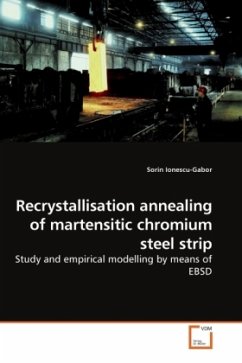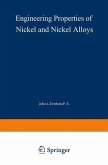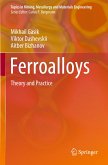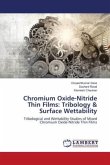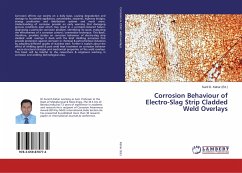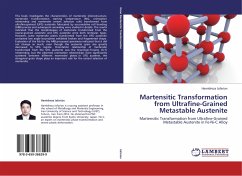EBSD is a technique which allows crystallographic information to be obtained from samples in the scanning electron microscope. In EBSD a stationary electron beam strikes a tilted crystalline sample and the diffracted electrons form a (Kikuchi) pattern on a fluorescent screen. This pattern is characteristic of the crystal structure and orientation of the sample region from which it was generated. The diffraction pattern can be used to measure the crystal orientation, measure grain boundary misorientations, discriminate between different materials, and provide information about local crystalline perfection. Unlike conventional microscopy with LOM and SEM, EBSD can successfully characterise recrystallised structures in annealed martensitic chromium steel strip and with high accuracy measure grain size, particle size and recrystallised fraction. This information can be used to understand, evaluate, control and even predict the recrystallisation annealing process by building relatively simple empirical models for determination of recrystallisation degree as a function of the annealing parameters and the deformation history.
Bitte wählen Sie Ihr Anliegen aus.
Rechnungen
Retourenschein anfordern
Bestellstatus
Storno

